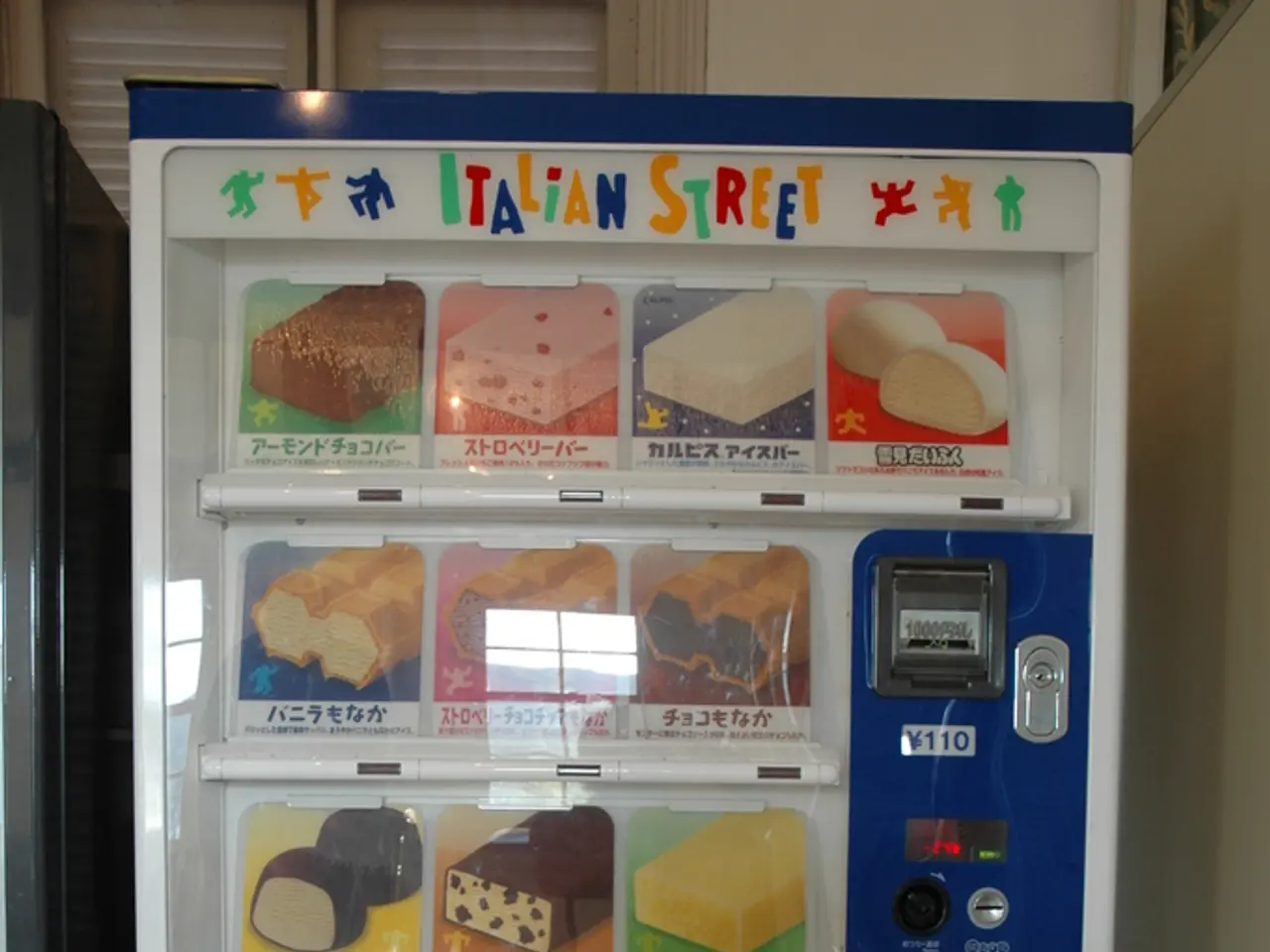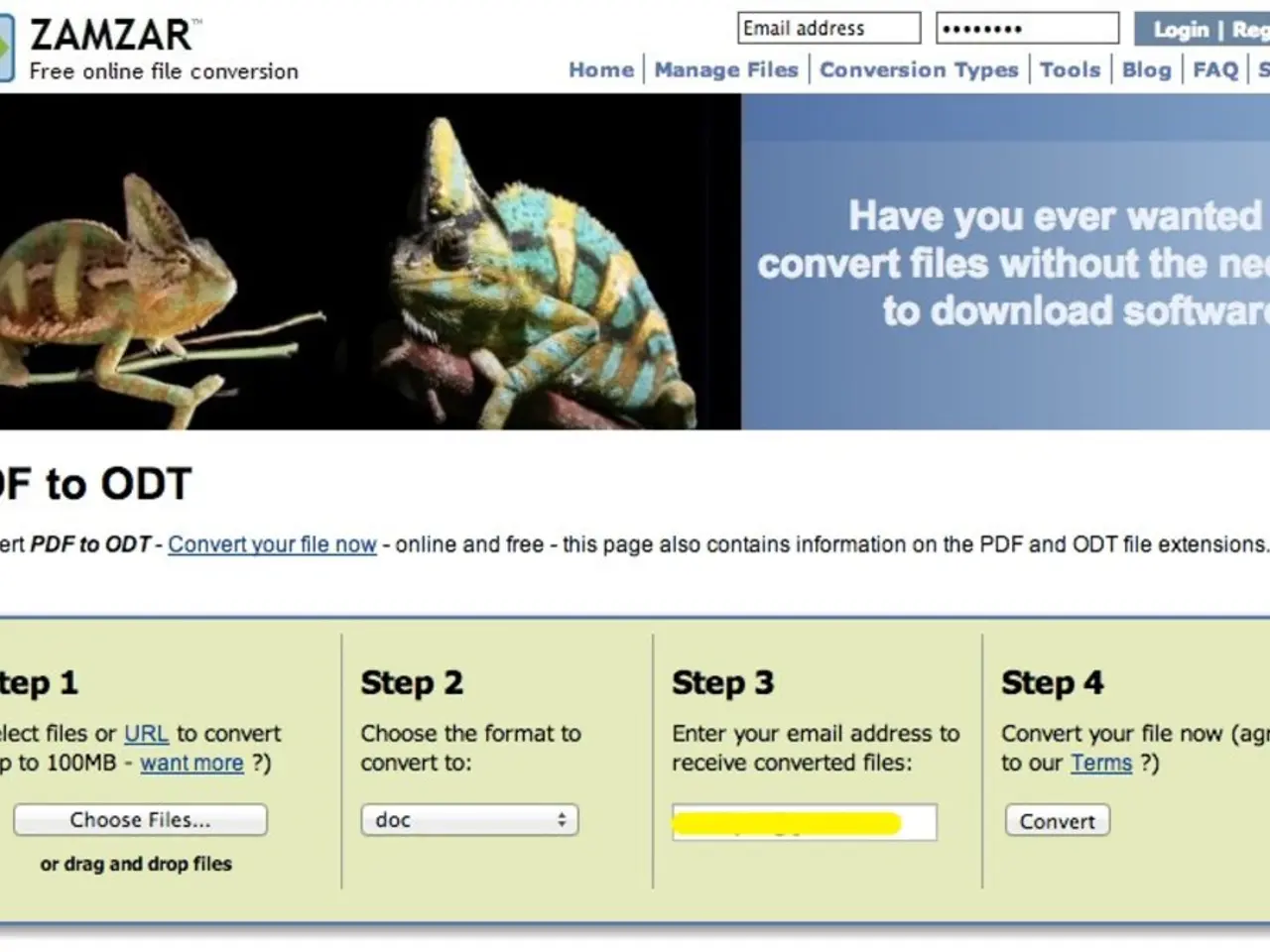Plummeting Ethiopian birr impacts businesses, marking a new low in the nation's currency crisis
The Ethiopian birr reached a record low of approximately 174 birr per US dollar on the parallel (black) market in 2025, sharply diverging from the official exchange rate of about 137 birr per dollar. This created a nearly 40% gap between official and parallel rates, signalling serious foreign exchange shortages and challenges in the economy.
Reasons for the Record Low and Parallel Market Gap
The depreciation of the Ethiopian birr can be attributed to several factors. Ethiopia floated the birr as part of a $3.4 billion reform program with the International Monetary Fund (IMF) to liberalize the foreign exchange market and stabilize the economy. However, businesses face restricted access to dollars through banks, which prioritize state firms and delay or reject private sector requests.
Import-dependent businesses rely heavily on the parallel market to pay foreign suppliers and import goods, driving the black-market rate far above the official rate. Economic pressures, such as rising import bills, conflict impacts, and artificial suppression of export earnings, have also contributed to market distortions.
Impacts
The sharp divergence between official and parallel exchange rates has significant implications for businesses in Ethiopia. The inflated costs and reduced profit margins for private firms, especially Small and Medium Enterprises (SMEs) dependent on imports, hurt their viability. The dual exchange rates undermine confidence in reforms and complicate economic planning and investment.
The IMF has warned that growing parallel markets could jeopardize ongoing debt restructuring negotiations by weakening reform credibility. To mitigate the inflationary shock from devaluation, the government responded with a large supplementary budget focused on subsidies for fuel and medicine and cracking down on price gouging to protect households.
Progress of the IMF-funded Homegrown Economic Reform Agenda
The reforms, known as the Homegrown Economic Reform Agenda, aimed to fix chronic forex shortages, introduce market-based exchange rates, and attract private investment. A year after the reform, mixed outcomes include securing critical IMF funding and achieving a debt restructuring deal but also suffering a quick 100% devaluation and persistent forex mismatches between official and parallel markets.
The official rate moved from about ETB 57 to 114 per dollar immediately after the reform, then stabilized around ETB 136 officially but remained much weaker in parallel markets (ETB 160-174). The reform implementation has been slow and uneven, and confidence is eroding due to ongoing cash shortages and market distortions.
In conclusion, Ethiopia's birr depreciation and widening forex gap stem from efforts to liberalize the currency market as part of an IMF-supported reform agenda, but persistent dollar shortages and parallel market activity continue to challenge the reform's success and economic stability.
- The widening foreign exchange gap in Ethiopia's economy can be linked to investment decisions, as businesses, particularly Small and Medium Enterprises (SMEs), find it challenging to access dollars through banks, preferring to rely on the parallel market for imports.
- Politically, the growth of parallel markets in Ethiopia could potentially pose a risk to ongoing debt restructuring negotiations, as the IMF has cautioned that it may hamper reform credibility.
- The impact of the depreciation of the Ethiopian birr on the business industry is significant, with the wide gap between official and parallel exchange rates amplifying costs and reducing profit margins for private enterprises, especially SMEs that rely on imports.




